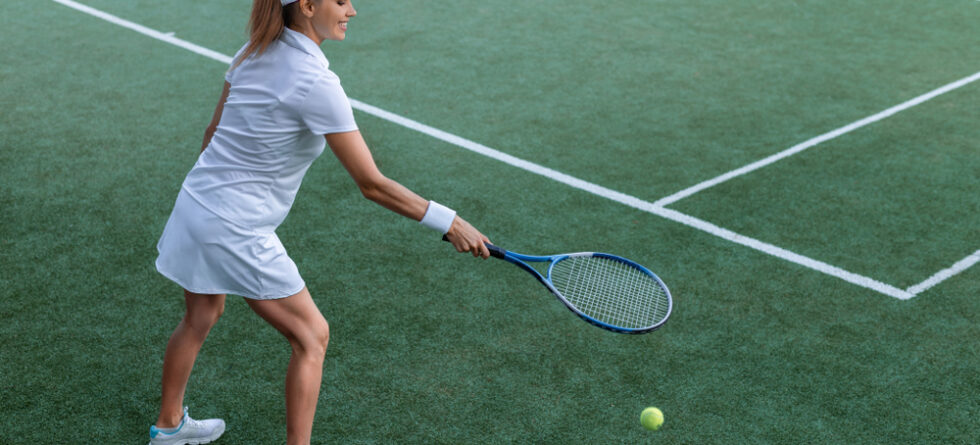Yes, tendonitis is relatively common in tennis players. Tendonitis, also known as tendinitis, is inflammation or irritation of a tendon, which is the thick cord-like structure that connects muscles to bones. Tennis players often engage in repetitive and forceful movements, such as swinging the racket, which can put significant stress on certain tendons in the arms and shoulders, making them more susceptible to tendonitis.
Some of the common areas where tennis players may experience tendonitis include…
- Tennis Elbow (Lateral Epicondylitis) – This is one of the most well-known types of tendonitis in tennis players. It involves inflammation of the tendons on the outer part of the elbow, which can be caused by the repetitive motion of gripping and swinging the tennis racket.
- Rotator Cuff Tendinitis – The rotator cuff tendons in the shoulder can become inflamed due to the overhead motions involved in serving and hitting groundstrokes in tennis.
- Biceps Tendinitis – The biceps tendon, which attaches to the shoulder and elbow, can also become inflamed from repetitive overhead movements.
- Achilles Tendinitis – Tennis players may experience Achilles tendinitis, especially if they play on hard courts, as the repetitive movements and sudden stops and starts can strain the Achilles tendon in the ankle.
To reduce the risk of tendonitis and other overuse injuries in tennis players, it’s crucial to…
- Warm up properly before playing to prepare the muscles and tendons for the demands of the sport.
- Use proper technique and form while playing to minimize excessive stress on the tendons.
- Incorporate strength and flexibility exercises into the training routine to build strong and resilient tendons and muscles.
- Avoid overtraining and allow sufficient time for rest and recovery between practice sessions and matches.
- Use equipment that suits your skill level and body size, including the appropriate grip size for your tennis racket.
- Listen to your body and seek prompt medical attention if you experience persistent pain or signs of injury.
If you develop symptoms of tendonitis or any other tennis-related injury, it’s necessary to seek medical evaluation and follow appropriate treatment recommendations. Rest, ice, anti-inflammatory medications, physical therapy, and activity modification are common conservative treatments for tendonitis. In severe cases or when conservative measures are not effective, more advanced treatments like corticosteroid injections or other medical interventions may be considered under the guidance of a healthcare professional.




